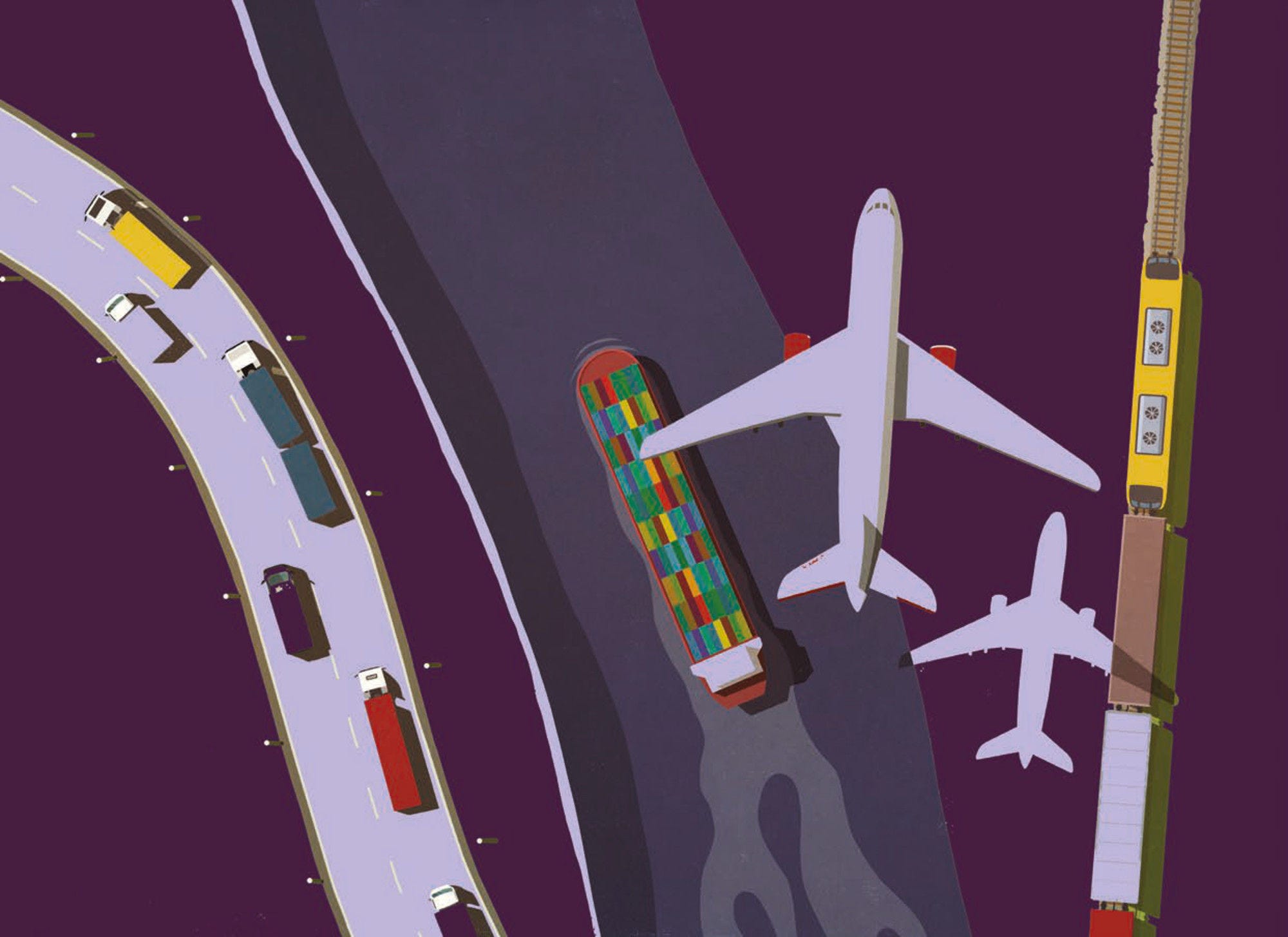Trade in value added (TiVA) indicators are increasingly used to monitor countries’ integration into global supply chains. However, they are published with a significant lag - often two or three years - which reduces their relevance for monitoring recent economic developments. This paper aims to provide more timely insights into the international fragmentation of production by exploring new ways of nowcasting five TiVA indicators for the years 2021 and 2022 covering a panel of 41 economies at the economy-wide level and for 24 industry sectors. The analysis relies on a range of models, including Gradient boosted trees (GBM), and other machine-learning techniques, in a panel setting, uses a wide range of explanatory variables capturing domestic business cycles and global economic developments and corrects for publication lags to produce nowcasts in quasi-real time conditions. Resulting nowcasting algorithms significantly improve compared to the benchmark model and exhibit relatively low prediction errors at a one- and two-year horizon, although model performance varies across countries and sectors.
Nowcasting trade in value added indicators
Working paper
OECD Statistics Working Papers

Share
Facebook
Twitter
LinkedIn
Abstract
In the same series
-
 5 September 2024
5 September 2024 -
 Working paper18 September 2023
Working paper18 September 2023
Related publications
-
 24 October 2024
24 October 2024 -
 Policy paper11 December 2023
Policy paper11 December 2023






